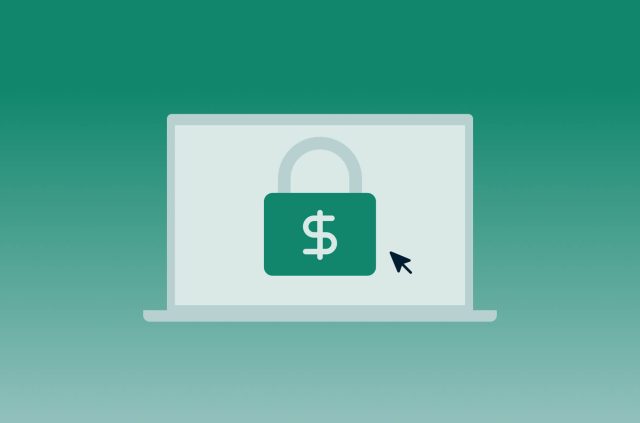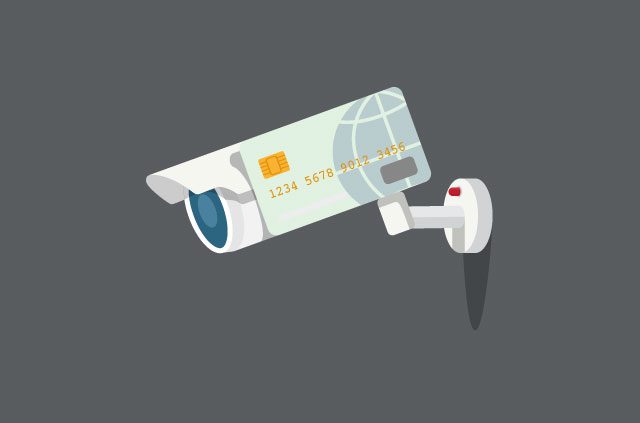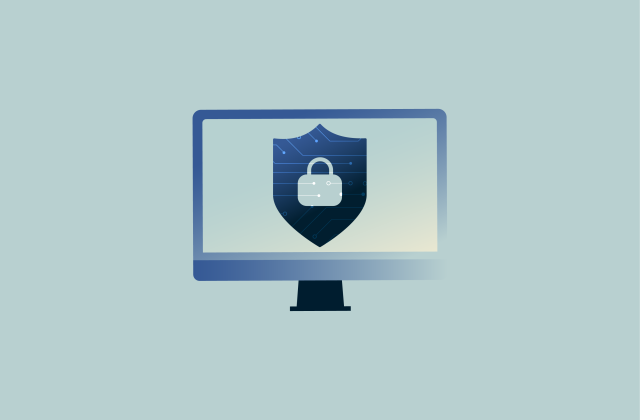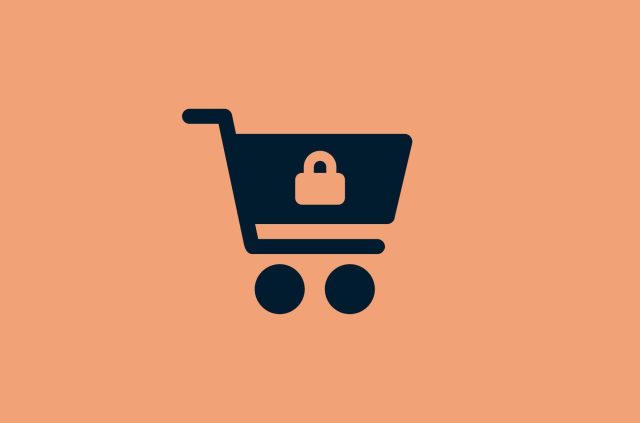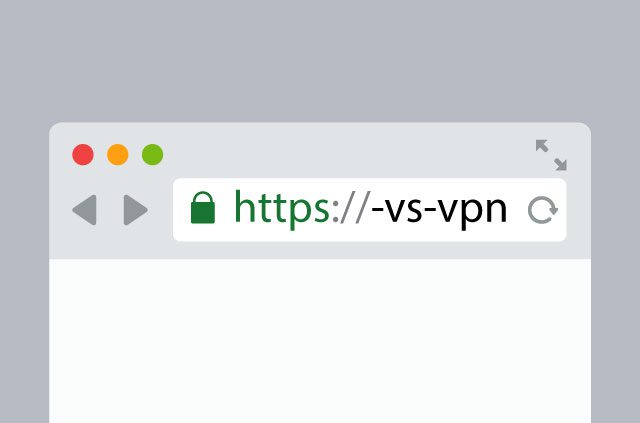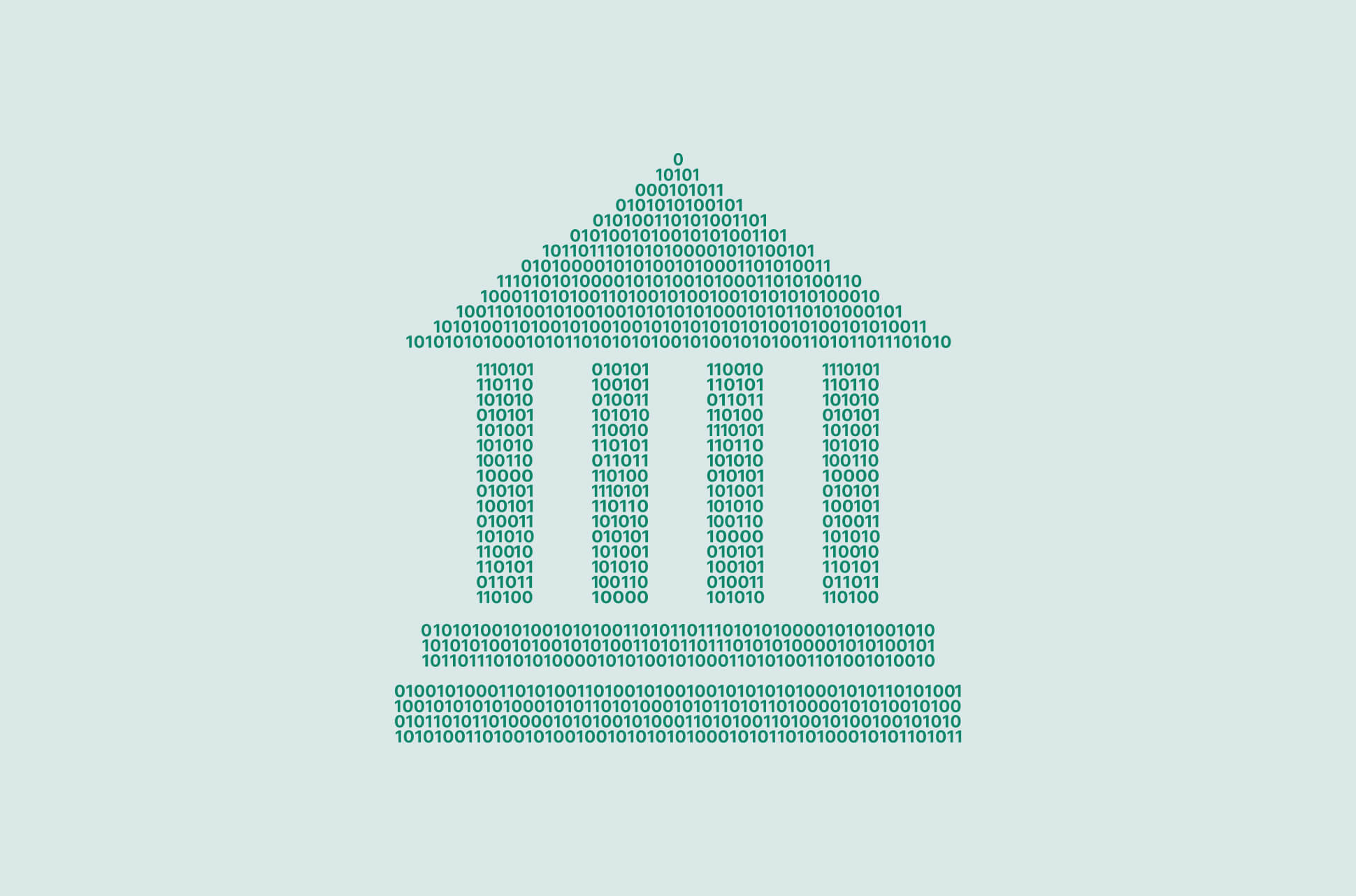
Digital banks are taking off around the world, with names that sound anything but bank-like: Ally, WeBank, Klarna, Mox, Trust, Nubank, Wise, K Bank, Chime, Revolut, Monzo. They are slowly but surely taking market share from traditional banks, especially when it comes to Gen Z and Millennial customers.
So how do they differ from traditional banks? Are digital banks and mobile banking the same? Read on to find out what digital banks are, how they compare with traditional banks, and if you should sign up for one.
Digital banks explained
Digital banks are a type of fintech (financial technology) and offer most of the same services as traditional banks, but all performed exclusively online. There are no physical branches of digital banks.
As with many online services, the fees at digital banks tend to be lower than traditional banks. The apps are designed to be a breeze to use. For the younger generations who seem to do everything online, digital banks are a natural fit.
While the exact list of services varies by bank, in general, the services digital banks provide include:
- Money deposits, withdrawals, and transfers
- Checking/saving account management
- Applying for financial products
- Loan management
- Paying bills/invoices
- Account services
There are two main types of digital banks—challenger banks and neobanks. These terms are sometimes used interchangeably to refer to digital banks. But there are small differences.
Challenger banks
The main characteristic that denotes a digital bank as a “challenger” bank is if it has a banking license, meaning that it can offer the full gamut of traditional banking services—and therefore are direct competitors of traditional banks. Challenger banks might have a physical presence, albeit a small one, such as a number of ATMs.
Neobanks
Neobanks are entirely digital with no physical presence, and because they do not have banking licenses, they cannot offer everything a traditional bank offers. Instead, they tend to target a certain customer segment—such as small businesses, by offering payment, payroll, and accounting tools. Because they do not have banking licenses, Neobanks are often partnered with an established traditional bank.
Digital banks vs. traditional banks: What’s the difference?
You might find yourself thinking: I already can perform these services on the mobile banking app from my bank. How does this differ from a digital bank?
Both digital and traditional banks offer digital banking services and allow you to perform banking activities online. One big difference between a digital bank and a traditional bank is that digital banks have no (or very few) physical branches—which might not matter much, if you’re doing everything online anyway.
But there are numerous other differences that give digital banks an edge. Here are some of them. Note that these differences vary by bank.
Sign-up process
Digital banks have a sign-up process that’s more convenient than traditional banks. It is entirely paperless, with documents like your ID uploaded through your smartphone and verified quickly. This process beats standing in long lines that used to come with waiting at a bank branch to open an account. Traditional banks have also started allowing users to open bank accounts online.
Ease of access
Digital bank customers can access banking services and perform transactions 24/7. As digital banks rely entirely on online platforms to carry out their services, customers don’t have to worry about bank operating hours to do something as simple as enabling their debit card for overseas spending. Customers have greater control over their banking with digital banks. While traditional banks have also introduced mobile banking to bridge this gap, some banking services still require you to head down to the physical branch to carry out.
Cost
The lower overhead costs of digital banks benefit customers in the form of lower fees and reduced charges for services. This is a big draw for many customers as they enjoy higher interest rates, lower currency conversion fees, no overdraft limits on accounts, no fall-below fees, and zero annual fees on cards, among other cost savings.
Security
Security is an essential aspect of banking, and digital banks quickly adopt new security technology and implement security features. Digital banks have led on security features like numberless cards and real-time payment notifications, making it easy to lock your cards to prevent unauthorized use.
Digital banks with banking licenses are protected under the Federal Deposit Insurance Corporation (FDIC) deposit insurance, which insures your deposits against the sudden failure of a bank. Much like traditional banks, digital banks must also abide by financial regulations outlined by their country of operations.
Efficiency
Remember the last time you deposited a check, which took three days to process and appear in your account (assuming it didn’t bounce)? Processes like transferring funds are far more efficient with digital banks. Digital banks have stronger integration between their frontend and backend systems, making their operation more accurate and efficient. Relying on fully automated systems also reduces human error that can arise from paper processing with traditional banks.
The digital-first nature and leanness of digital banks make them far more flexible in adopting new technology. They can quickly introduce new services, such as robo-investing, in the face of changing financial landscapes, making them an appealing option for many consumers.
Read more: Which online payment method is safest?
Are digital banks safe?
Traditional banks have long been a part of our lives; naturally, some would question digital banks' safety and digitized nature. However, digital banks tout security as a key benefit of using their banking services, adopting new technologies and security protocols to safeguard users. Digital banks are regulated by the same financial regulatory bodies as traditional banks, adding another layer of security and assurance for customers.
As with all digital services, digital banks are not immune to vulnerabilities and cyberattacks, and like traditional banking customers, customers can fall prey to scams.
How to stay safe while digital banking
While it is the responsibility of the banks to keep the security systems up to date, there are some actions that digital bank customers can take to protect themselves. These include:
- Ensure your banking apps are up-to-date. This helps protect you from security vulnerabilities by ensuring your banking app is on its latest security patch. Consider enabling automatic updates.
- Make use of security tools offered by banks. Enable two-factor authentication, payment limits, and real-time payment notifications to keep your account and cards safe from unauthorized use.
- Verify website links from banks. Always verify weblinks from banks, especially when they come from an SMS. A quick Google search can help you distinguish between genuine and fake links.
- Use a VPN. A VPN sends all your online traffic through an encrypted tunnel, so even if someone intercepts your online banking activity, they won’t be able to see any of it.
- Keep abreast of scams. Popular scams are reported on the news. By being aware of ongoing scams, you will be able to identify them and not fall prey to these attacks.
- Report scams to your bank. If you encounter an email or SMS that doesn’t seem legitimate, report it to your bank. They may be able to investigate it or, at the very least, notify customers of an ongoing scam.
Should you sign up for a digital bank?
According to research by Deloitte, customers increasingly prefer to use digital channels for their banking needs. Chances are, you’re already familiar with mobile banking and are considering a complete switch to a digital bank, or you may be considering opening a specific account type to access the benefits tied to them. Digital banks typically do not have any upfront costs to start, but you should always consider the account benefits against your needs.
Make a choice if a digital bank is right for you, over a traditional bank, by weighing their advantages and disadvantages.
Read more: Protect your online banking
Pros: Advantages of a digital bank
- Digital banks offer lower fees than traditional banks. They may offer more attractive benefits, such as higher interest rates and zero overdraft fees.
- 24/7 access to the suite of banking services through an app.
- Signing up for an account with a digital bank can be done online with zero cost barriers.
- Digital banks quickly implement new features, services, and security technology.
Cons: Disadvantages of a digital bank
- Digital banks lack a physical presence. This makes services like cash withdrawals harder and face-to-face interaction impossible.
- Not all digital banks offer the range of banking services you expect from a traditional bank.
- Depending on the digital bank, your money may not be FDIC insured, putting it at risk should the bank fail.
Do you use a digital bank? Let us know your thoughts in the comments!
Take the first step to protect yourself online. Try ExpressVPN risk-free.
Get ExpressVPN



